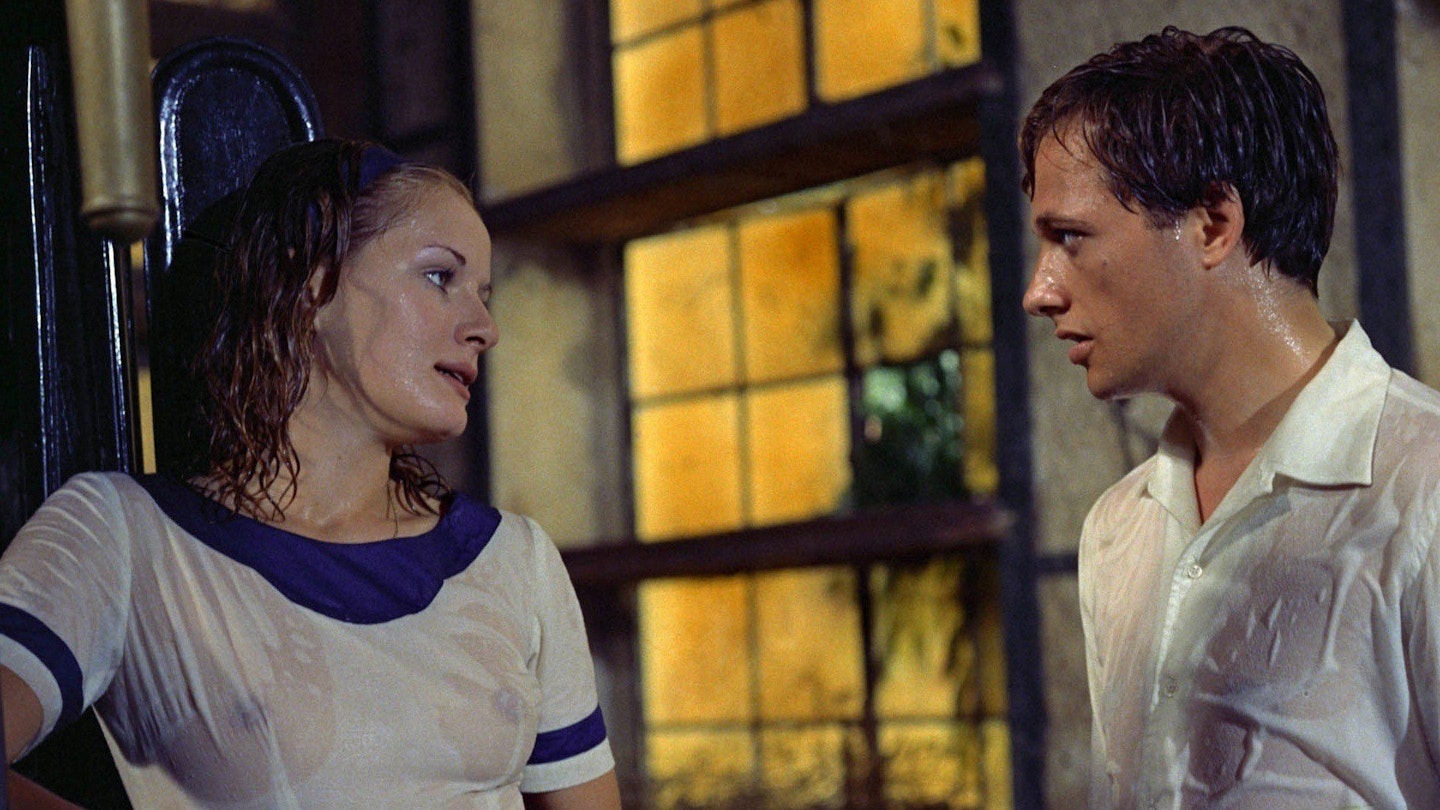Frustrated by the interference of producer Carlo Ponti on Sunflower (1970) and nettled by the press's negative response to the middlebrow dramas and saucy comedies in which he now specialised, Vittorio De Sica decided to rebel. Yet, while the critical response to this adaptation of Giorgio Bassani's autobiographical 1962 novel was largely positive, the author denounced the film and later repudiated his contribution to the screenplay. However, De Sica was unfazed by what he saw as a sulky response to his decision to reduce the role of Giorgio's father (Romollo Valli) and revelled in his reputation as the comeback kid after the picture took the Golden Bear at Berlin and the Academy Award for Best Foreign Film.
De Sica had never been a Fascist, but he shared the nation's shame at the persecution of Italian Jews during the Second World War. Yet, he centres the action on Bassani's premise that the Finzi-Continis's problems lay more in the Sephardic arrogance that prompted them to shut themselves away from reality than their ethno-religious origins. Thus, it's their wealth and status as much as the walls of their manicured estate that detach them from those lesser Jews being denied access to civic rights and social amenities. But such trappings prove to be of little value in 1943, when Mussolini was persuaded by Berlin to participate in the Holocaust.
Although he shoots the authentic locations of his Edenic idyll with a nostalgic soft-focus, De Sica undermines any sense of romanticism by depicting the characters as the damned clinging to a dream that Giorgio first realises is untenable when he meets the Dachau escapee while taking money to his student brother in France. But, he also presents them neo-realistic figures, who are as much victims of societal injustice as the boys in Shoeshine, the bill-sticker in Bicycle Thieves and the old man in Umberto D.
